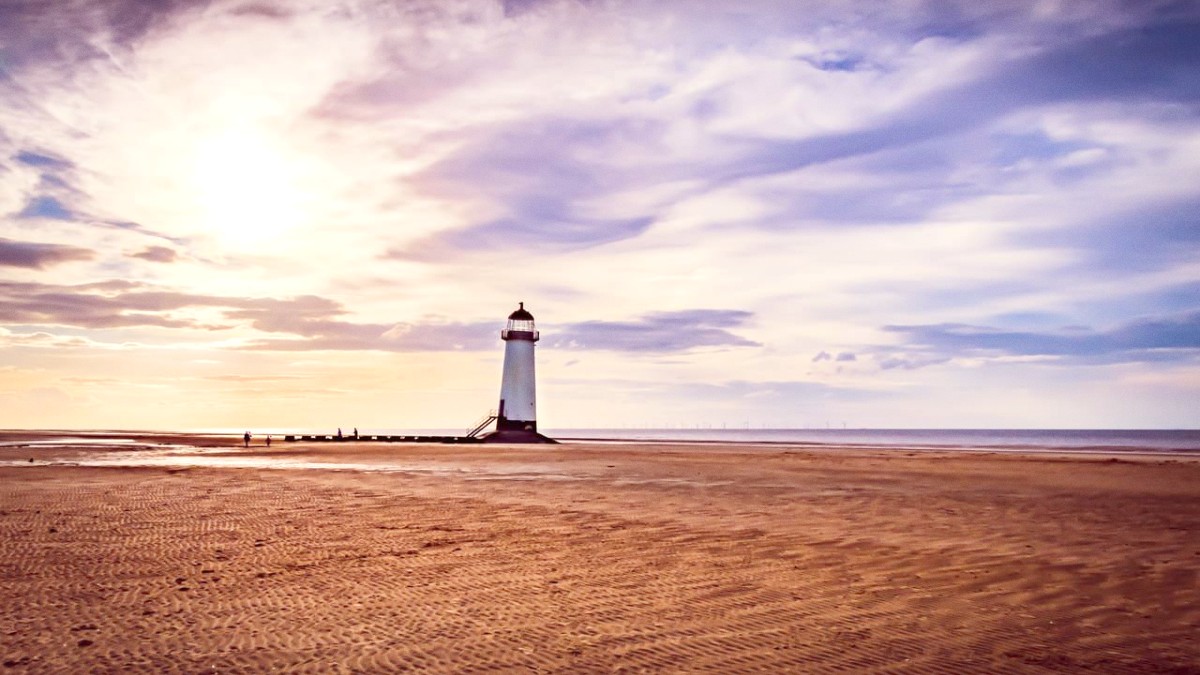
Northern France, France
Located approximately 90 km (56 miles) south of Dunkirk. This is the closest major international airport in France. It serves a variety of European destinations. The airport is smaller and often less chaotic than larger hubs, allowing for a more relaxed arrival experience.
Situated about 130 km (81 miles) east of Dunkirk, across the Belgian border. As a larger international hub, Brussels Airport offers a wider range of global connections, including direct flights from North America, Asia, and other continents. It provides more flexibility for international travelers seeking direct routes.
Located approximately 260 km (162 miles) south of Dunkirk. CDG is one of Europe's busiest and largest international airports, with the widest range of international flights, including numerous direct connections from major global hubs worldwide. While further away, its extensive flight network often makes it a practical choice for long-haul travelers due to flight availability and competitive pricing. CDG serves as a major hub for Air France and hosts most major international airlines, including Delta, United, American Airlines, British Airways, Lufthansa, Emirates, and Qatar Airways. It offers direct routes to virtually every major city globally.
Flight prices to these airports generally fluctuate based on season and demand. High Season (July-August and major holidays like Christmas/New Year): Prices are highest. Book several months in advance for the best fares. Shoulder Season (April-June, September-October): Prices are more moderate, and flight availability is generally good. Low Season (November-March, excluding holidays): Lowest prices are typically found, though flight frequencies on some routes may be reduced. Booking flights well in advance (3-6 months) is a reliable strategy for securing better prices, especially for long-haul routes or travel during peak seasons. Using Dollar Flight Club or Skyscanner for comparison.
All three major airports (Lille, Brussels, CDG) offer comprehensive facilities and services. Lille Airport (LIL) features a single terminal with standard amenities. Brussels Airport (BRU) is a modern, two-pier airport with a wide range of duty-free shops, restaurants, cafes, lounges, currency exchange, and car rental services. Paris Charles de Gaulle Airport (CDG) is a vast airport with multiple terminals, offering an extensive array of services. Navigating CDG can be complex due to its size, so allow ample time for transfers.
Dunkirk is close to the French-Belgian border. For EU/EEA/Swiss Citizens: No passport checks or formal border controls. For Non-EU Citizens: Standard Schengen border rules apply. Always carry your passport and any visa, as random checks occur.
Dunkirk is served by regional trains (TER) with frequent connections to Lille Flandres. For travel from Paris, take a TGV high-speed train to Lille Europe or Lille Flandres, then transfer to a TER train to Dunkirk. Book tickets online via SNCF Connect; TGV tickets are cheaper in advance.
FlixBus and BlaBlaCar Bus are main long-distance operators, offering connections to Dunkirk, often with a change in Lille. Buses are cheaper than trains but take longer. Tickets are booked directly on company websites. Buses usually arrive and depart near the Dunkirk train station.
Renting a car offers flexibility, especially for exploring the wider region around Dunkirk and the Opal Coast. Driving in France is on the right side of the road. The minimum driving age in France is 18, but most car rental companies require drivers to be at least 21, and often charge a young driver surcharge for those under 25.
French roads are generally well-maintained and of high quality, especially the motorways.
Road conditions are generally good. Drive defensively and be aware of speed limits.
Be aware of cyclists, especially in urban areas. Using a mobile phone while driving is illegal unless hands-free.
There are no specific exit fees or taxes levied directly on travelers departing from France (these are usually included in your airfare or ferry ticket).
All major airports and train stations offer facilities for departing travelers.
Double-check the exact terminal for your flight or departure point for your train/ferry well in advance. This helps reduce stress, especially at large airports like CDG.
Allow extra time for transfers between terminals and unexpected delays, specifically at large airports.
When possible, book ground transfers in advance to streamline your departure process.